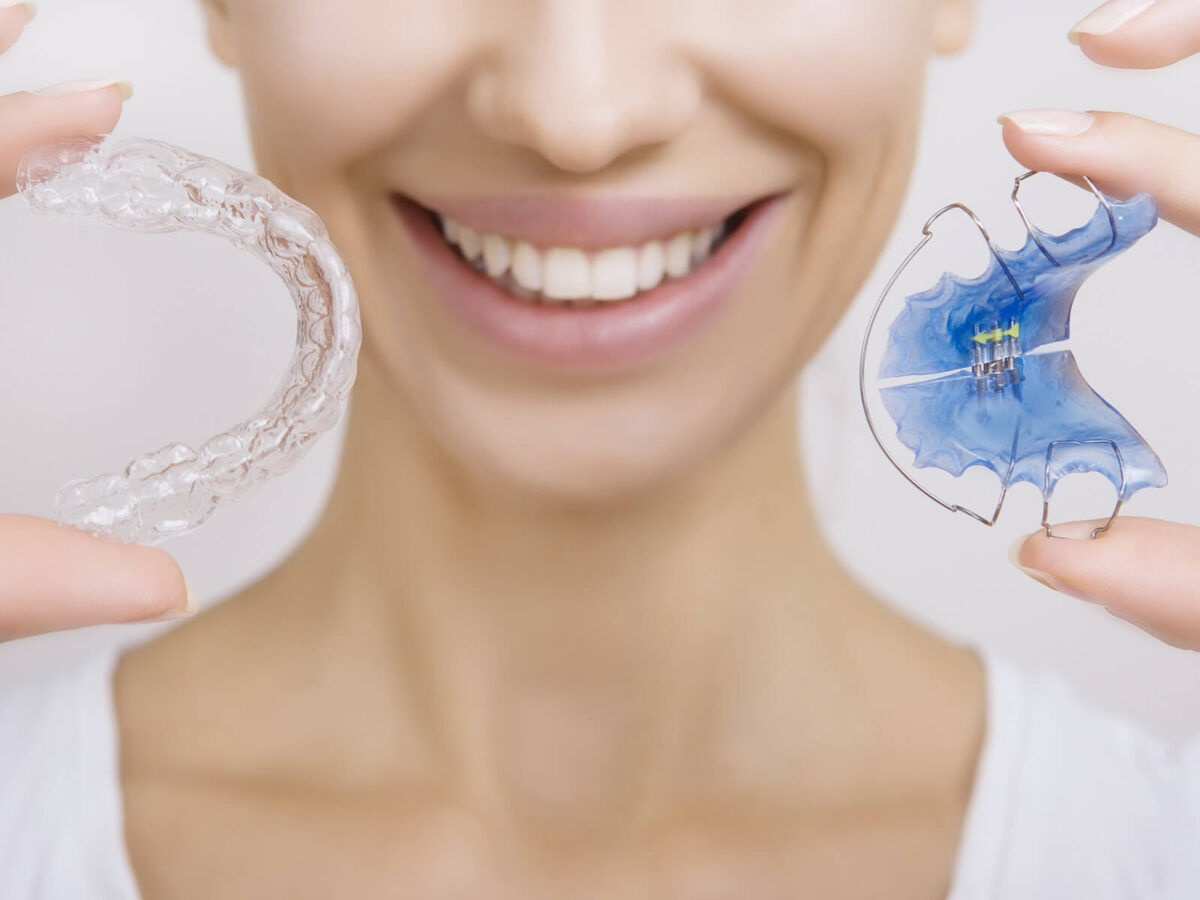Invisalign treatment is an innovative dental service that employs clear aligners to improve the position and appearance of teeth without the usual metallic braces. The aligners are designed to fit a patient’s mouth and gradually shift the teeth into the right position over time. To align the teeth properly, you need to wear each of these aligners for two weeks and then proceed to the next one in the series. The treatment takes several years, depending on the degree of misalignment; it usually takes approximately 1 ½ to 5 years. After the patient has the correctly aligned teeth, the dentist will fabricate a retainer to maintain the outcome of the Invisalign treatment.
What Are Retainers?
The retainers are necessary accessories for orthodontic treatment. They assist in keeping the teeth straight once regular metallic braces or clear aligners have been worn out. Retainers, on the other hand, are removable appliances made to hold the teeth in the desired position after the braces have been removed.
The purpose of retainers after going through Invisalign treatment is to ensure that even after the treatment, the teeth do not shift again. They retain the alignment achieved during the brace process to prevent relapse. Retainers may be fixed using metal wire, plastic, or acrylic material. They have to be used consistently for a duration set by your dentist. This allows your teeth to be aligned correctly while keeping them firm in their new positions.
Why do you need to wear a retainer after Invisalign?
We know that it may be inconvenient to wear a retainer after a certain treatment like Invisalign. However, using it is important to maintain an aligned tooth. Why? Well, jaw bones would have become weaker during orthodontic treatment or sometimes disappear to allow the teeth to shift to the new position.
This softening lets us tilt and translate your teeth through their elastic fibers. However, this means that at the end of the treatment, your jawbone will remain relatively soft, and the teeth can move around again. When you wear a retainer, you prevent the teeth from shifting around by applying slight pressure on the teeth until the jawbone becomes stiff or rigid.
Moreover, those teeth have a memory to some extent and can even remember where they once were. If you do not have a retainer, your teeth will return to their normal position, which is the last thing you want.
Speaking and chewing other foods during the day puts pressure on the teeth, resulting in movement of teeth during the day. Also, there may be a shift in the position of teeth over time, so it is advisable to wear them to bed every night.
How Do Retainers Work?
Remainers are accessories employed post-braces for retention of the corrected dental formation. They put delicate force on the teeth, maintaining their alignment while the underlying bone and tissues remodel themselves and acquire their new relationship with the teeth.
There are two main types of retainers: fixed and removable. Fixed retainers are made of a thin wire cemented at the back of teeth and, hence, cannot be removed. On the other hand, removable retainers can used flexibly and removed when needed.
Retainers should be worn throughout the day following orthodontic treatment, which is important. They are then slowly transitioned to wearing during nighttime only. It is, however, important to note that the length of time that one can wear the retainer may differ depending on the situation.
However, most patients are typically advised to continue wearing them for at least one year. They may be worn for hours, days, weeks, or months, especially when the objective is to stop the teeth from returning to their prior positions. Compliance with the guidelines provided by your dentist on dental retainer wear and use. Lack of proper wear of a retainer may result in relapse or require another orthodontic treatment at a later time.
How long does an individual have to wear retainers after Invisalign?
If you wish to keep your smile aligned and proper and do not wish to ruin all the effort you have offered in your Invisalign treatment, then you will surely need retainers in your life after your Invisalign treatment.
Firstly, your bones and gums in the jaw will not be used to the new straight set of teeth you have in your mouth. The process of remodeling could take a few years to go through. The teeth are situated in a central position between the lips, gum, and tongue. That may affect this; these changes are part of facial and dental development, which continues throughout human lives and may be enhanced by aging.
That’s why following your orthodontist’s instructions to wear your retainers for life is super important!
Which retainer is best after Invisalign?
After completing your Invisalign treatment, your orthodontist at Victoria Dentist TX will guide you on the best retainer options. Always follow their advice; they are highly skilled professionals who only want the best for your teeth.
Your orthodontic specialist will be able to counsel you on the best course of action for your unique circumstances at every stage of your treatment, starting with your initial appointment. This can address many concerns, from straightforward tooth alignment to more complex disorders like sleep apnoea.
Summing It Up
To maintain the gorgeous straight smile you have worked so hard to achieve, it is worth going above and beyond and wearing a retainer after Invisalign, regardless of your age or the length of your treatment.
We advise you to use your retainer after the first 12 months of therapy to stop tooth movement. As with Invisalign aligners, you must wear your retainer every day for the first year to allow your jawbone to solidify and anchor your teeth in their new locations. To learn more about the same, visit Victoria Dentist TX and get the smile of your dreams.



